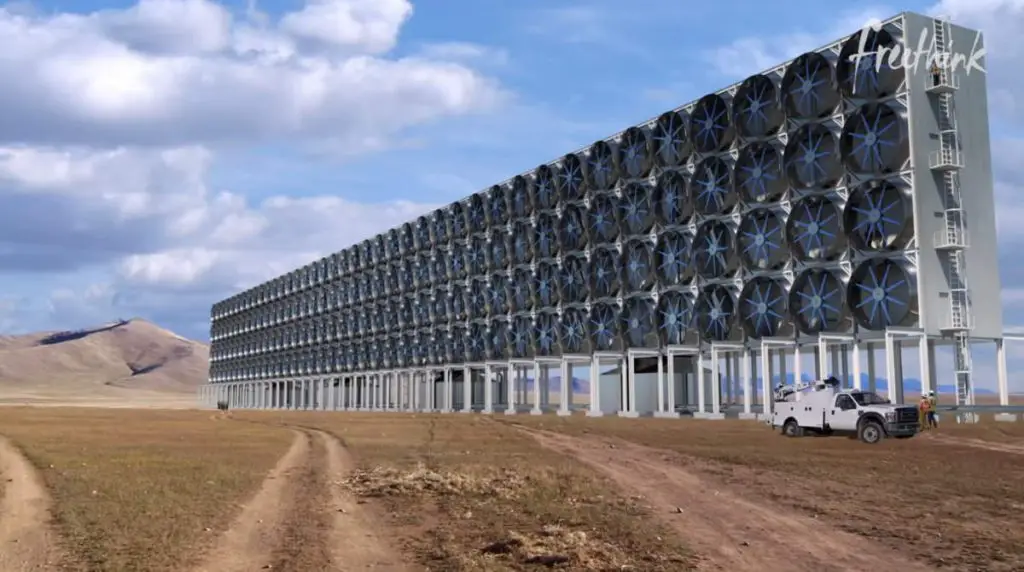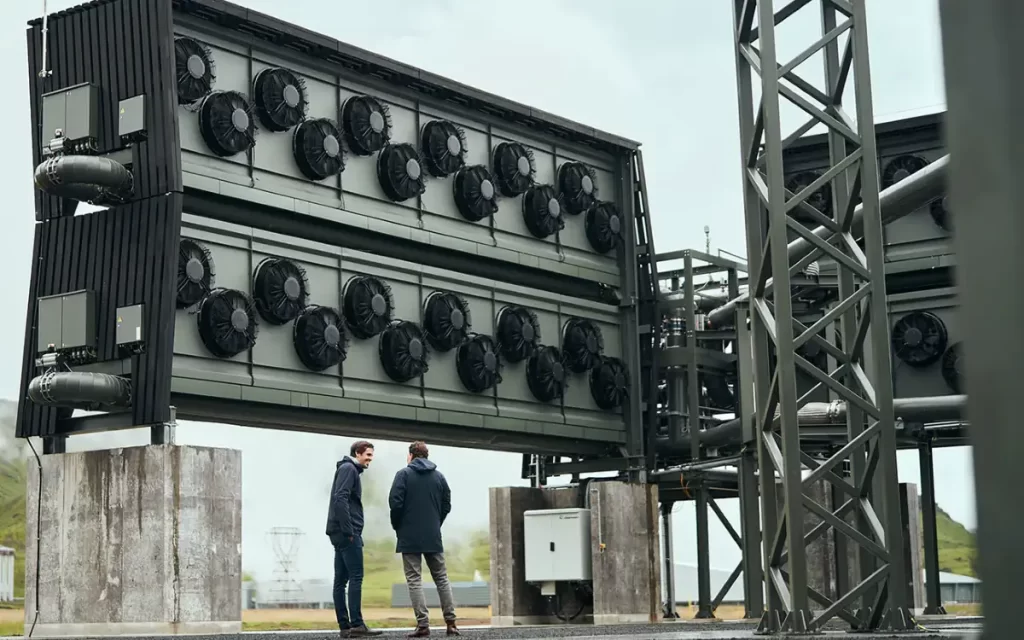As a civilization, we’ll pay a huge price if we can’t get carbon out of the Earth’s atmosphere because of the ongoing runaway climate change. Some kind of carbon capture technology that captures atmospheric carbon dioxide and stores it underground became vital to keep Earth from dangerous global warming. We need to clean up the skies and we must do it fast.
Sure, we should also stop putting more carbon in the air first, by transitioning away from coal and oil, and by using energy more efficiently.
“It’s much easier and cheaper to keep a unit of carbon dioxide out of the atmosphere than it is to try and retrieve it back once it’s already there. So, when it’s come to climate change, the best way to respond is to stop putting greenhouse gases into the atmosphere,” explains Simon Nicholson of Institute for Carbon Removal Law and Policy of American University, Washington, D.C.
But there’s a hard fact to face: there’s already so much carbon dioxide in the air that keeping runaway climate change under control will require us to deploy carbon-capturing methods on a massive scale.
Planting trees is the most efficient and cheap way to do this, but we’re at a point where even only planting trees probably would not be enough. Two centuries of burning fossil fuels have already put more carbon dioxide into the atmosphere than nature can remove. We need carbon capture technology.
Recent IPCC report also says “The energy demand sector comprises behavioral responses, fuel switching and efficiency options in the transport, industry and building sector as well as carbon capture options in the industry sector. Options assessed in the energy supply sector comprise biomass and non-biomass renewables, nuclear, carbon capture and storage (CCS) with bioenergy, and CCS with fossil fuels.”
This video published by the Freethink channel explains how a Canada-based company called Carbon Engineering is turning this dream (sucking carbon dioxide out of Earth’s atmosphere and storing it underground) into a reality, using cutting-edge carbon capture technology called “direct air capture” to clean the air.
Today, humanity’s collective activity deposits about 50 billion tons of carbon dioxide into the atmosphere each year. All of this carbon dioxide traps heat from the sun and warms the entire planet, creating new conditions that are changing life as we know it.
Carbon Capture Technology can be our only hope
So scientists are suggesting CO2 extraction methods in an effort to become carbon neutral – a cycle in which we clean up as much carbon dioxide as we emit.
For the engineers who work on carbon removal at a large scale, the dream is to devise a closed-loop system in which the carbon released could be treated as a commodity or resource, rather than a waste product. Now, a Canada-based company called Carbon Engineering is turning this dream into a reality, using cutting-edge carbon capture technology called “direct air capture” to clean the air.
We have the carbon capture technology
“For some people, it seems like something that’s way down the road. But, the technology is ready for us to use now“, explains an expert in the video above.
The Carbon Engineering company just announced its first large-scale Direct Air Capture (DAC) plant in Texas. The facility will be capable of capturing one megatonne of atmospheric carbon dioxide annually. It will be the world’s largest SAC plant and it will be an equivalent of 14 million trees in one plant.
The cost will be less than $200 per tonne, but the company is optimistic that that price will come down a lot in the future.
If the price of the carbon capture technology gets as low as $150 per tonne of CO2, then it will become almost a commercially viable enterprise because that captured carbon dioxide could be put to use (like burning fuel for cars) that would enable the facility to pay for itself, explains company experts.
But, to make carbon capture technology cheaper, we must scale it up: we must build many DAC facilities around the world.
“You could eliminate the world’s emissions with 40,000 of our plants. Sounds like a big number, but it’s actually less than there are power plants, for example, in the world”, company experts suggest.
Direct air capture (DAC) technologies extract CO2 directly from the Earth’s atmosphere. The captured CO2 can be permanently stored in deep geological formations (thereby achieving negative emissions or carbon removal) or it can be used, for example in food processing or combined with hydrogen to produce synthetic fuels (means zero emissions – carbon captured first, then released back into the atmosphere).
According to an IEA report:
- There are currently 19 direct air capture (DAC) plants operating worldwide, capturing more than 0.01 Mt CO2/year
- A 1Mt CO2/year capture plant is in advanced development in the United States.
- The latest plant to come online, in September 2021, is capturing 4 kt CO2/year for storage in basalt formations in Iceland.
- In the Net Zero Emissions by 2050 Scenario, DAC is scaled up to capture more than 85 Mt CO2/year by 2030 and ~980 Mt CO2/year by 2050.
- This level of deployment will require several more large-scale demonstrations to refine the technology and reduce capture costs.

Sources
- Carbon Capture Technology on the Freethink website
- “These machines scrub greenhouse gases from the air – an inventor of direct air capture technology shows how it works” on The Conversation
- “Direct Air Capture: More efforts needed” on iea.org
- Carbon Engineering official website
- Moon Landings: All-Time List [1966-2025] - February 2, 2025
- What Is Max-Q and Why Is It Important During Rocket Launches? - January 16, 2025
- Top 10 Tallest Rockets Ever Launched [2025 Update] - January 16, 2025

